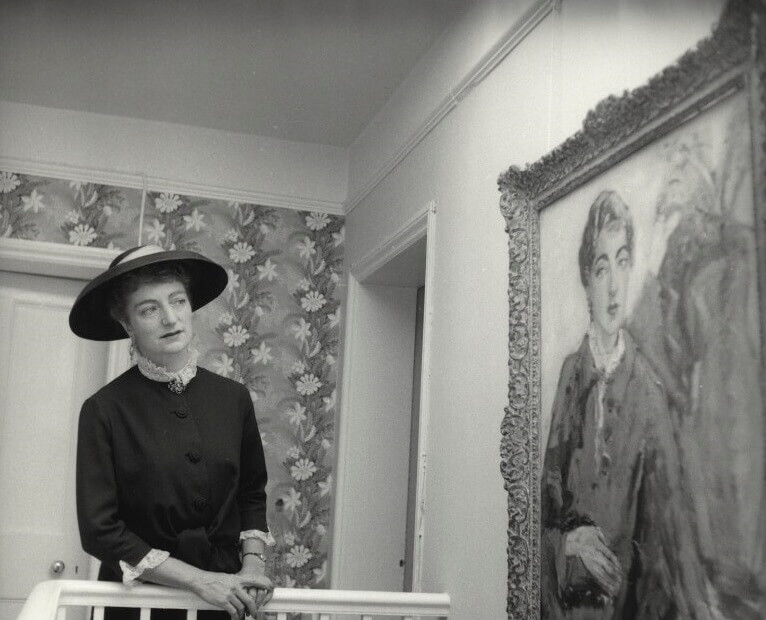Look around any art fair in the 21st century and you will see women art dealers well represented: as directors, partners, and gallery owners and founders. This was not always the case, as we know; although men have been dealing in art for centuries, women were for much of this time barred from participating in this, or indeed any, commercial businesses. Those of us working as women in the art world today have forerunners like Berthe Weill, Lillian Browse, and other 20th century pioneers to thank for paving the way. We’ll be taking a closer look at some of the early heroines of the commercial art world – today we’re focusing on British and European dealers, and we’ll be looking at their American counterparts in a future insight.
Berthe Weill (1865 – 1951)
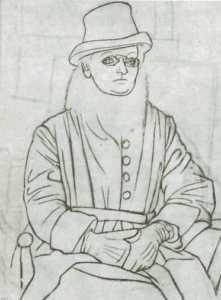

P. Picasso, Portrait de Berthe Weill, 1920, Private collection
In 19th century and Pre-War Paris, successful art dealers were setting up thriving businesses. Names like Rosenberg (Paul or Leonce), Kahnweiler, Cassirer and Goupil are familiar, but Weill – that’s Berthe Weill – may not be. But Weill was buying pastels by Picasso before the young Spaniard even moved to Paris, exhibiting them in her eponymous Galerie Berthe Weill when it opened on 1 December 1901. Weill sold contemporary art before the category even had a name, calling her gallery ‘a place for youth’ and printing the slogan on her business cards. The following year, Weill, who funded her gallery with the money set aside for her dowry, held a show of 30 early works by Picasso and sold Moulin de la Galette (c. 1900) for 250 francs to publisher Arthur Huc; it is now in the Guggenheim collection.
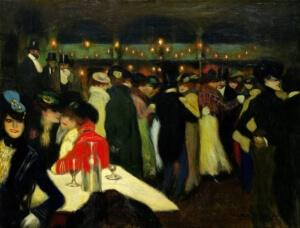

P. Picasso, Le Moulin de la Galette, c. November 1900, Solomon R. Guggenheim Museum, New York
Weill was also responsible for promoting works by Henri Matisse to Leo and Gertrude Stein after negotiating Matisse’s first sale, also to Huc; the Steins went on to become the first collectors of both Matisse and Picasso. Weill’s eye was superb, and her taste bold: she was arrested in 1917 for exhibiting scandalously erotic nudes by Modigliani in her gallery window; served as the first dealer for both Surrealist Francis Picabia and Orphist pioneer Robert Delaunay; and promoted female artists such as Marie Laurencin and Suzanne Valadon long before they were fashionable. But after she shut her gallery doors in 1941, due to antisemitism during the Second World War, Weill was largely forgotten until relatively recently, overshadowed by bigger operations. Thanks to scholarship, however, the Weill name is once again being acknowledged and celebrated: in 2022, an exhibition dedicated to Galerie Weill is opening at the Montreal Museum of Fine Arts, and will include some 80 works once handled by Weill.
Lucy Carrington Wertheim (1883 – 1971)
Across the Channel, and active at the same time as Weill was championing modernists in Paris, Lucy Carrington Wertheim and her Anglo-Dutch husband Mari Paul Johan Wertheim ran galleries championing young artists in London, Brighton and Derbyshire.
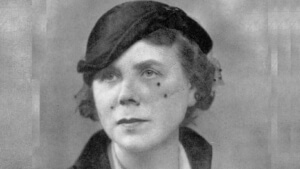

Lucy Carrington Wertheim, 1947, photographer unknown
Wertheim was Christopher ‘Kit’ Wood’s primary patron, as well as a promoter of Henry Moore, Walter Sickert, and Cedric Morris. Like Berthe Weill, Lucy Wertheim also championed female artists, and in her 1947 memoirs Adventure in Art she credits the painter and textile designer Frances Hodgkins for the original suggestion that she transition from collector to gallerist.
Lillian Gertrude Browse, CBE (1906 – 2005)
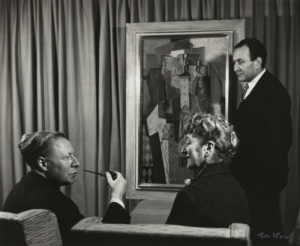

Gustav Delbanco, Lillian Gertrude Browse and Henry Roland, partners of Roland, Browse and Delbanco, 1959, photograph by Ida Kar, © National Portrait Gallery
Known as ‘The Duchess of Cork Street’, Lillian Browse was an art dealer, art historian, author of monographs on the work of Walter Sickert and William Nicholson, and a full partner in two well-respected galleries, Roland, Browse & Delbanco and Browse & Darby. Although she initially trained as a ballerina, Browse began to work for Harold Leger (Leger Galleries) before establishing a partnership with the dealers Gustav Delbanco and Henry Roland in 1945. This later became Browse & Darby, and the gallery is still in operation at 19 Cork Street, although Lillian Browse retired in 1981. She donated or bequeathed 38 works from her personal collection to the Courtauld Institute of Art, including a number of pieces by Sickert.
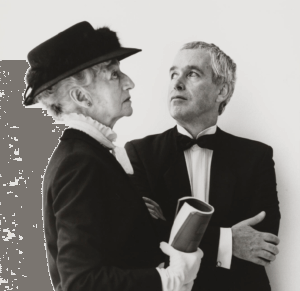

Lillian Gertrude Browse and artist Howard Hodgkin, 1984, photograph by Lord Snowdon, © National Portrait Gallery
Erica Brausen (1908 – 1992)
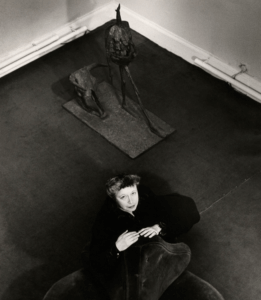

Erica Brausen at Hanover Gallery, 1959, photograph by Ida Kar, © National Portrait Gallery
German-born Erica Brausen established the Hanover Gallery in London in 1948 and was an early champion of Francis Bacon’s work. Having left Germany for Paris in the early 1930s, Brausen befriended contemporary artists including Joan Miro and Alberto Giacometti. By 1935, Brausen was running a bar in Majorca and assisting Jewish, Socialist and other persecuted friends in fleeing Franco’s fascist regime. After escaping herself at the start of the War, Brausen arrived in London, where she secured a job at the Redfern Gallery despite the obstacles posed by her nationality. In 1948, a financial backer enabled her to open the Hanover Gallery, which remained in operation until 1973 and exhibited works by Graham Sutherland, Francis Bacon, Giacometti, Lucian Freud, Henry Moore, and many others.


